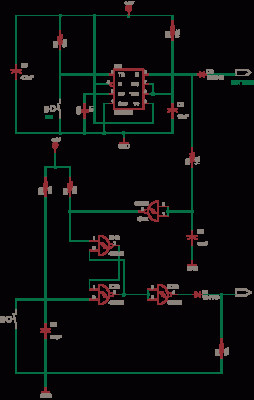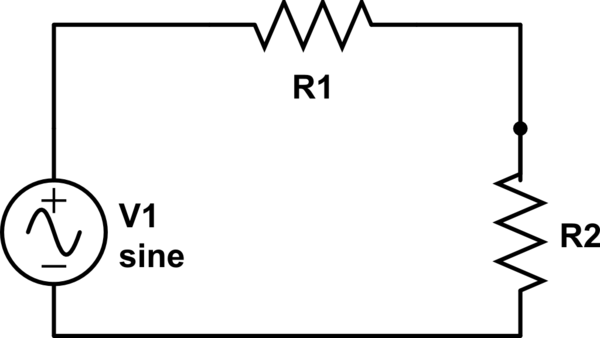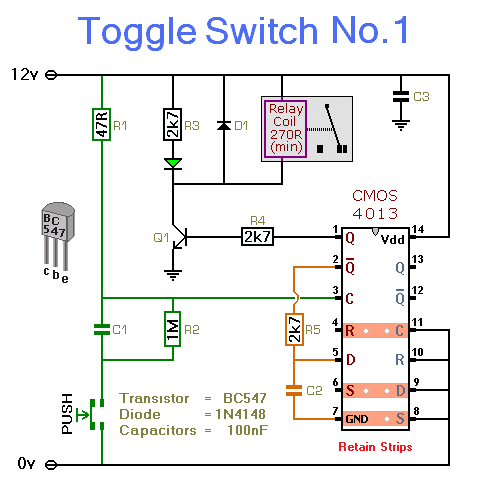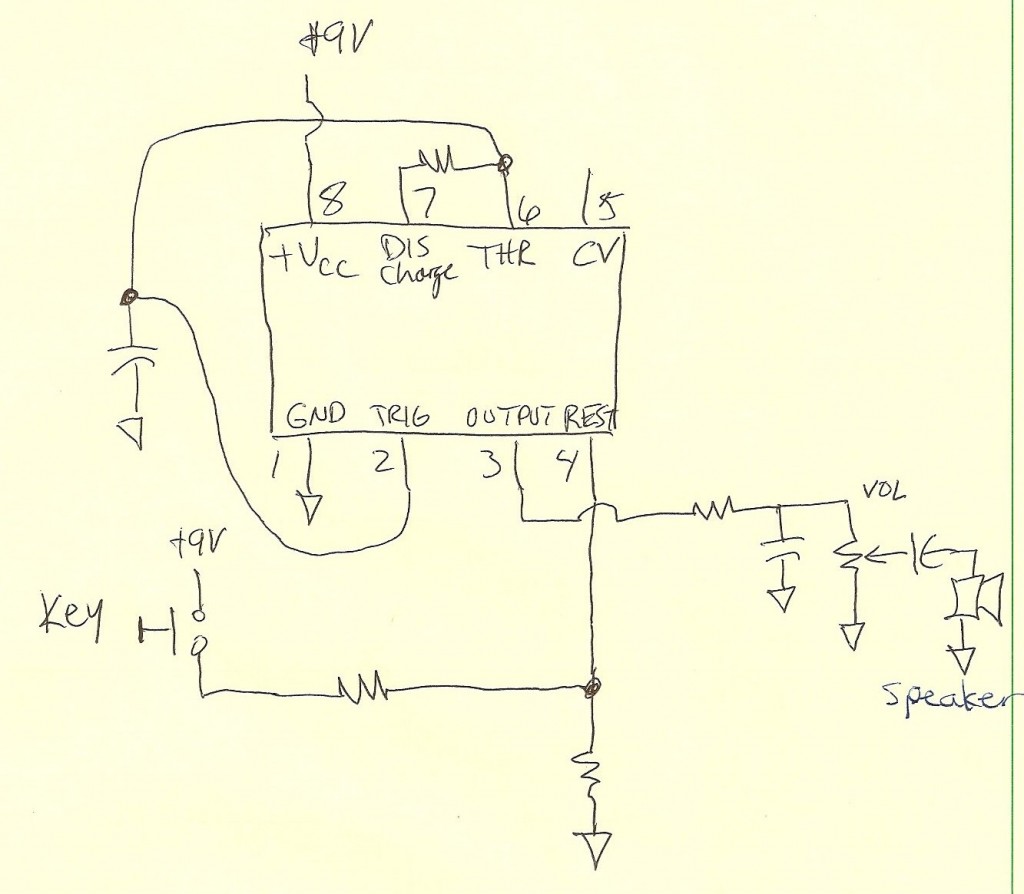
CMRR and high input impedance instrumentation differential amplifier circuit
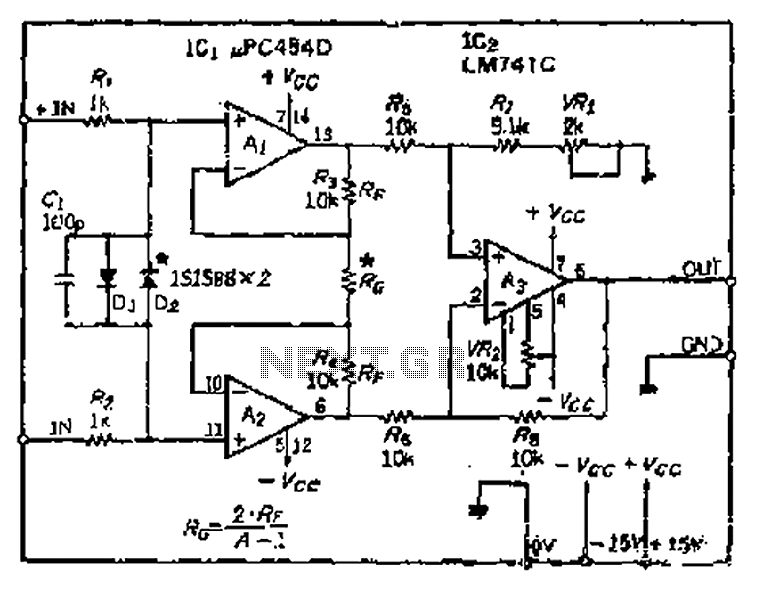
All resistance values are equal, resulting in the Cantonese operational amplifier's gain (A) being equal to 1. However, by selecting smaller resistances, the gain can be adjusted. The circuit can achieve the desired gain through six configurations. Two heavy amplifiers, LPC 454D, are utilized to minimize the effects of ambient temperature changes. The differential gain of this circuit is determined between the positive input (IN) and the negative input (iN), amplifying the voltage difference. The output of iN is grounded, leading to a straight gain configuration, which can be calculated using the following equation.
The circuit employs an operational amplifier (op-amp) configured for differential amplification. In this design, all resistors in the feedback and input paths are matched, ensuring that the gain is initially set to unity (1). The operational amplifier used in this circuit is the LPC 454D, known for its low noise and high stability, making it suitable for applications requiring precision amplification.
To adjust the gain, the circuit allows for the selection of smaller resistance values. This flexibility enables the designer to achieve the desired amplification factor (A), which can be set through six different configurations based on the application requirements. The differential gain is established between the positive input (IN) and the negative input (iN). The voltage difference between these two inputs is critical for the operation of the op-amp, as it determines the output voltage.
The circuit design also incorporates temperature compensation techniques. By utilizing two LPC 454D amplifiers, the circuit can effectively mitigate the impact of temperature variations on performance. This is particularly important in environments where temperature fluctuations could lead to drift in the output signal, thereby affecting the accuracy of the amplification.
The final output of the circuit is grounded at iN, which stabilizes the gain and allows for a straightforward calculation of the overall gain using the appropriate equations. The gain can be expressed mathematically, taking into account the resistor values and the configuration used. This ensures that the circuit meets the necessary specifications for the intended application, providing reliable and accurate amplification of the input signal. Because all of the resistance values are equal, so the Cantonese OP amplifier 4 magnification number (A) is equal to l, but according to need, by selecting small exposed the ug ly T 5, said Japan A. Said 6 ways to get the desired gain A port because the mountain, Az use two heavy amplifiers I.LPC 454D, it is possible to reduce the ambient temperature changes caused by the puppet dart set shift b differential gain of this circuit is to + IN and iN generated between the two ends of a shame to amplify the potential elbow gain the latter iN grounded, 4 straight gain mine, by the following equation.
The circuit employs an operational amplifier (op-amp) configured for differential amplification. In this design, all resistors in the feedback and input paths are matched, ensuring that the gain is initially set to unity (1). The operational amplifier used in this circuit is the LPC 454D, known for its low noise and high stability, making it suitable for applications requiring precision amplification.
To adjust the gain, the circuit allows for the selection of smaller resistance values. This flexibility enables the designer to achieve the desired amplification factor (A), which can be set through six different configurations based on the application requirements. The differential gain is established between the positive input (IN) and the negative input (iN). The voltage difference between these two inputs is critical for the operation of the op-amp, as it determines the output voltage.
The circuit design also incorporates temperature compensation techniques. By utilizing two LPC 454D amplifiers, the circuit can effectively mitigate the impact of temperature variations on performance. This is particularly important in environments where temperature fluctuations could lead to drift in the output signal, thereby affecting the accuracy of the amplification.
The final output of the circuit is grounded at iN, which stabilizes the gain and allows for a straightforward calculation of the overall gain using the appropriate equations. The gain can be expressed mathematically, taking into account the resistor values and the configuration used. This ensures that the circuit meets the necessary specifications for the intended application, providing reliable and accurate amplification of the input signal. Because all of the resistance values are equal, so the Cantonese OP amplifier 4 magnification number (A) is equal to l, but according to need, by selecting small exposed the ug ly T 5, said Japan A. Said 6 ways to get the desired gain A port because the mountain, Az use two heavy amplifiers I.LPC 454D, it is possible to reduce the ambient temperature changes caused by the puppet dart set shift b differential gain of this circuit is to + IN and iN generated between the two ends of a shame to amplify the potential elbow gain the latter iN grounded, 4 straight gain mine, by the following equation.

